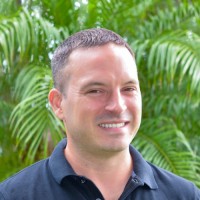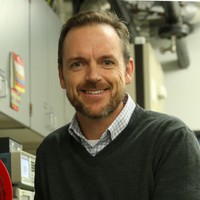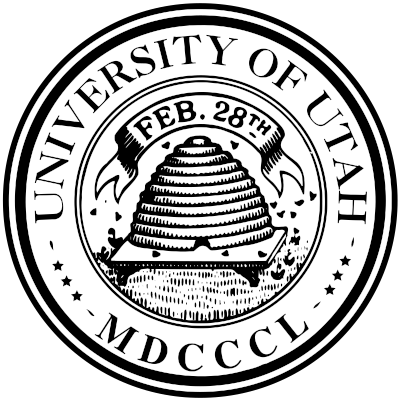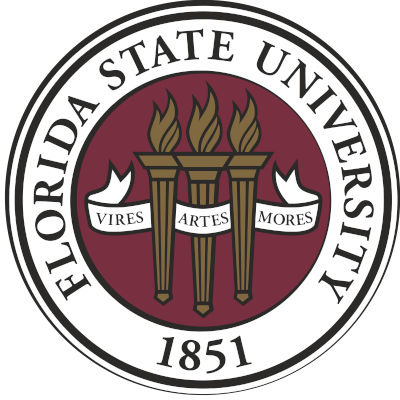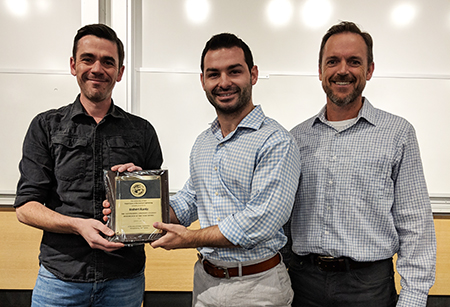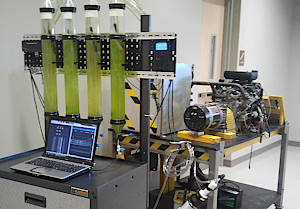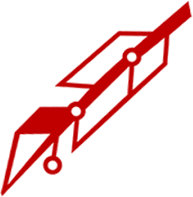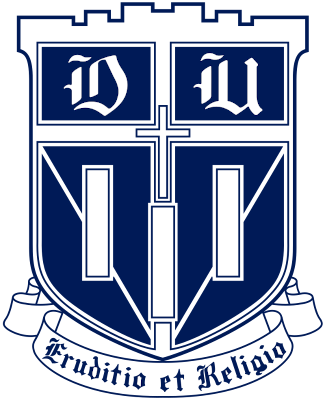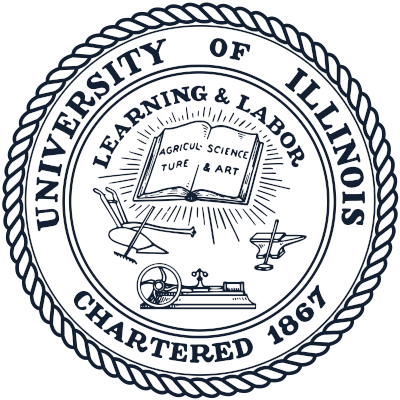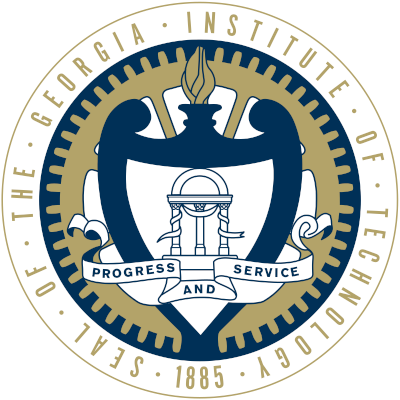Approach
I generally approach engineering problems by first formulating a mathematical model of the system under consideration; I then use that model to optimize the system with respect to some important metric or a figure of merit. Finally, I propose a design – an instance of the class of systems that the model represents – that fully accounts for all of the configurations, materials, and processes at my disposal.
Too often in industry have I observed engineers who prematurely rush to the design stage of a device – making consequential engineering choices in a hurry and relying on too many software toys – without a refined understanding of the design tradeoffs, fundamental limitations, and exploitable design opportunities that are derived from careful mathematical modeling of a well understood problem. I’m pretty certain that I was one of those engineers at some point early in my career.
Of course, projects differ greatly in their requirements and timelines, so it's best not to be too rigid with any approach. That said, when time permits or a problem is sufficiently difficult, I've found that thinking in this way delivers results:
Model
A mathematical model should be developed in order to understand how the design variables relate to outputs of interest. This phase is dominated by secondary research in order to identify salient physical phenomena.
When an adequate understanding of the system under consideration is achieved, a mathematical model is proposed. I often create lumped-element models using equivalent circuit modeling and energy-based Lagrangian techniques, or parametric finite element models.
Finally, instantiate the model in a language of your choice, such as MATLAB, Julia, or Python, for further manipulation. Corroborate the model as much as possible using data from secondary sources.
Optimize
Given a mathematical model of the system, identify the outputs of interest and the design constraints; from those, formulate an objective function and set up an optimization problem.
Subjective preference information is used to map multiple objectives to a standard optimization problem; if this is not yet possible, multi-objective optimization techniques may be used to identify a Pareto frontier. A better understanding of design tradeoffs is developed here.
The goal of this phase is to give each design iteration the highest possible chance of success before moving forward with production while simultaneously minimizing expensive iterative prototyping.
Design
Mathematical models are usually ambiguous enough to allow for a wide range of physical manifestations of the modeled system, with many opportunities to improve a final assembly’s form, cost, manufacturability, and aesthetic.
Determining the fit and function of parts most conducive to manufacturing and assembly is only one portion of this process; judicious choice of materials and fabrication processes is also paramount. Pragmatic changes made to meet manufacturing constraints can be fed back into the model to aid in making final design decisions.
The development of test equipment for model validation and design benchmarking must also occur in parallel for continual improvement in design.

